A denture is a detachable prosthesis used to replace lost teeth and surrounding tissue. There are two varieties of dentures available: full and partial. Complete dentures are utilized when all-natural teeth are lost; partial dentures are operated when some birth teeth are still present. If you need more information about dentures, you must visit dentures near me.
Whole Dentures
There are two complete dentures: "conventional" and "immediate." A traditional denture is designed for insertion into the mouth eight to twelve weeks following the extraction of teeth and the start of the healing process of the gum tissue.
Partial Denture
A removable partial denture or bridge often consists of artificial teeth attached to a gum- or pink-coloured plastic base. Occasionally, a metal framework that holds the denture in place in the mouth connects the base with the denture. Partial dentures are used in the upper or lower jaw when one or more natural teeth remain.
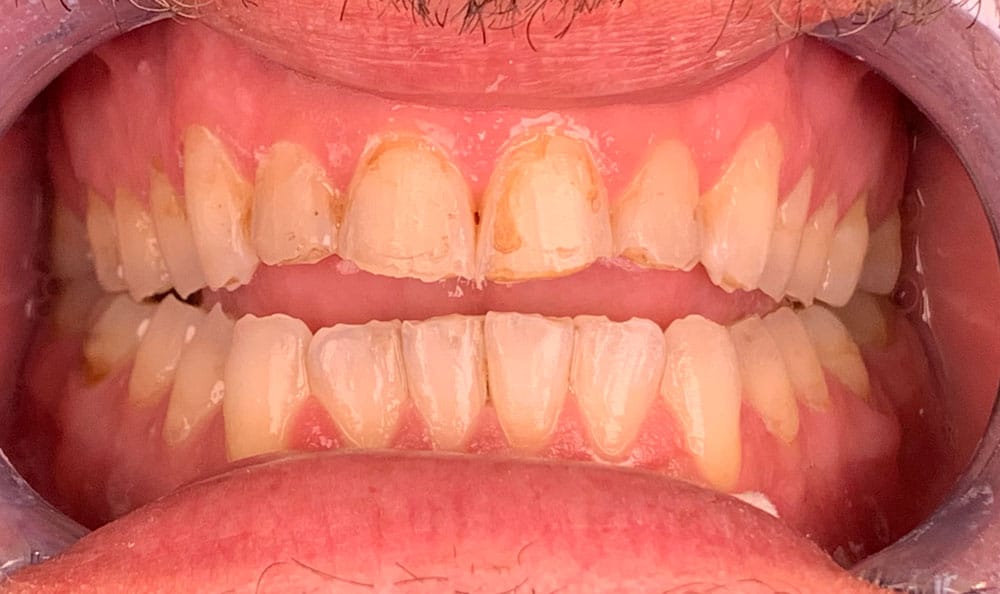
How Do Dentures Get Made?
Completing the denture development procedure takes a few weeks and multiple appointments. Following their determination of the optimal appliance for you, your dentist or prosthodontist (a dentist who specializes in tooth restoration and replacement) will often take the following actions:
- Models, wax forms, and plastic patterns should be constructed precisely in the size and location of the denture that will be made.
- Measure the distance between your jaws and how your jaws relate to each other by taking a series of impressions of your jaw.
- Put in the last denture.
- Changes will be made as needed.
Will Wearing Dentures Affect My Appearance?
Since dentures are designed to mimic your natural teeth closely, you shouldn't notice much of a change in look. Dentures may enhance the appearance of your grin and add volume to your face.
What's the Feel of New Dentures?
For a few weeks after you become used to taking them in and out, your new dentures may feel a little loose or strange until your cheek and tongue muscles remember to hold them in place.
Furthermore, it's common to experience minor soreness or irritation when wearing dentures for the first time, along with increased saliva flow; these problems will subside as the mouth adjusts.
Will Eating Be Difficult with New Dentures?
Eating with new dentures will take some getting used to, and users may feel uncomfortable for a few weeks. Start with soft meals that have been chopped into little pieces to let your body adjust to the new denture. Using both sides of your mouth, chew slowly. Add additional meals as you adapt to your new dentures, and eventually resume eating a regular diet. Many of the issues traditional dentures create can be avoided with flexible dentures.
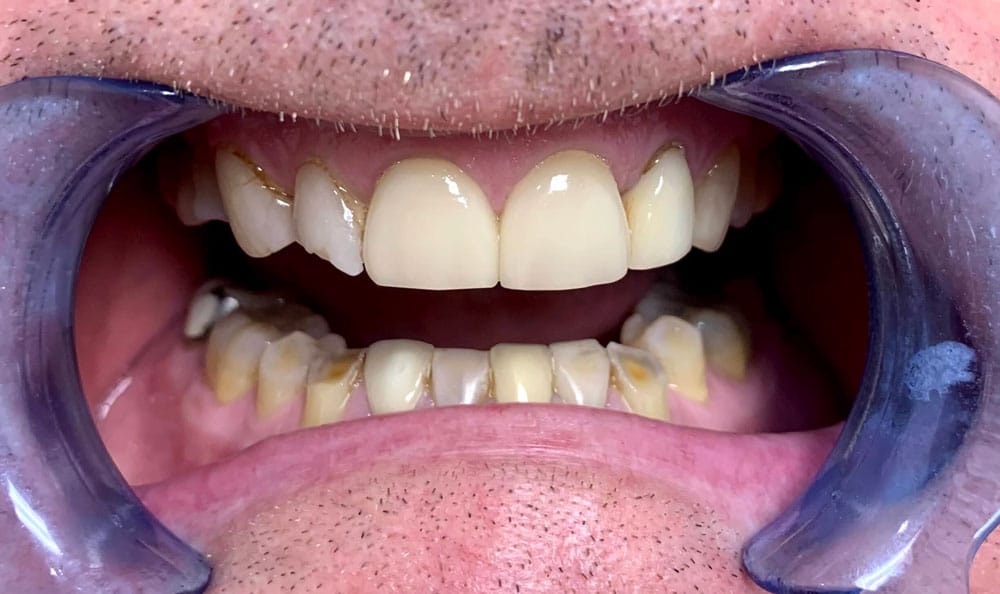
The process of making dentures, the supplies needed to make them, and the dentist making them will all greatly influence the total cost. The dentures' quality determines the price range. Denture insurance often covers dentures, depending on your plan type.
Exist Any Remedies for Dentures?
Indeed, cemented bridges supported by dental implants can do away with the necessity for a denture. Although they are typically more expensive, bridges and implants feel like natural teeth. Dental implants are gradually replacing dentures. However, only some are good candidates for implants.
In summary
Losing teeth affects daily activities, including speaking and eating. Teeth replacement is essential for maintaining long-term dental health. Removable appliances, known as dentures, improve dental function and health. Speak with your dentist to learn more about affordable dentures and treatments that suit you.
Small threaded posts called dental implants are used instead of lost tooth roots. During oral surgery, a dentist implants a dental implant into your jaw. Your dentist puts a crown on the implant behind it has recovered.
Conversely, dental bridges replace lost teeth without having to replace the roots. In its most basic form, a bridge comprises an artificial tooth that "bridges" the space between two crowns affixed to your natural teeth on each side of the missing tooth. Types of dental bridges contain Traditional fixed bridges, Implant-supported bridges, Maryland dental bridges or resin-bonded bridges, and Cantilever bridges they all are bridge kinds.
Discover the main distinctions between implants and bridges in this article to help you make the best decision.
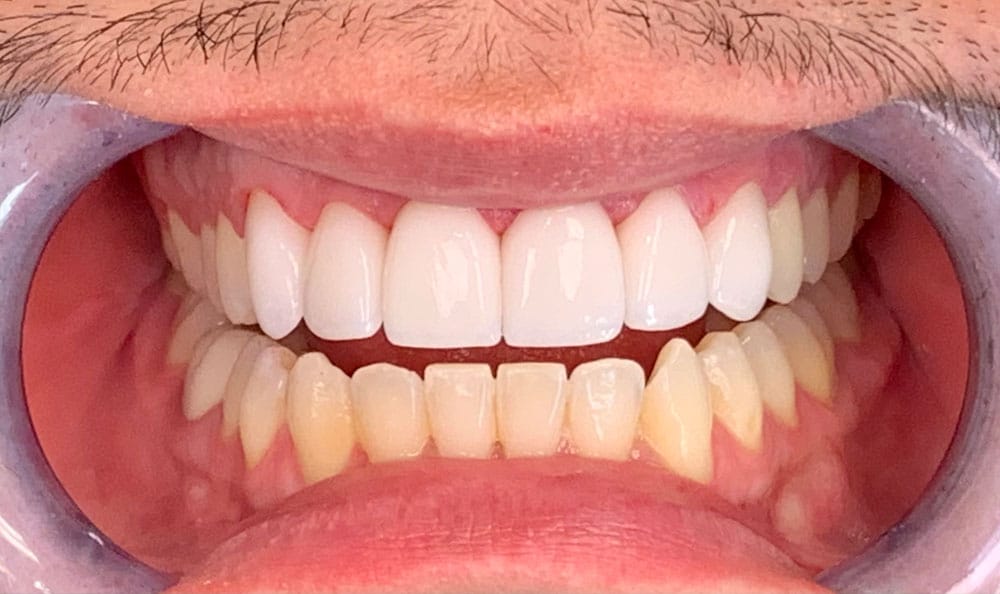
Dental bridges: benefits and drawbacks
Dental bridges provide numerous advantages for smile restoration:
- When they are new, they appear natural.
- They bring back your ability to speak and chew.
- A bridge typically has a cheaper initial cost than an implant.
- Insurance will most likely cover the surgery.
- The cost of dental bridges will rely on how much work ought to be done and the type of bridge you get.
- Bridges stop surrounding teeth from moving into the space left by a lost tooth.
- No invasive surgery or bone grafting is needed to install a bridge.
- Usually, a bridge installation requires just two visits spaced out over a few weeks.
Bridge drawbacks
Crowns are shaped and positioned on nearby teeth that may not have required treatment during the process.
They pass away eventually.
Following bridge placement, patients report increased cavities and tooth decay. This is due to the difficulty of adequately brushing and flossing around them.
Dental implants: advantages and disadvantages
- Compared to bridges, dental implants have a longer-lasting natural look.
- They bring back your ability to speak and chew.
-
Dental Implant Procedure stops surrounding teeth from moving into the space left by lost teeth.
- They restore missing teeth without causing harm to surrounding teeth.
- Caries do not develop on dental implants.
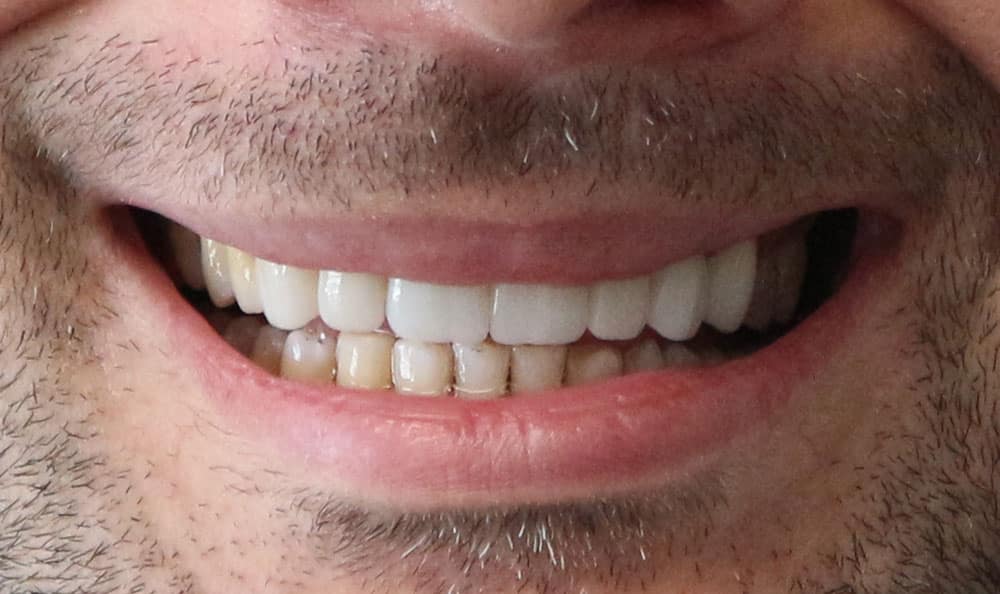
Dental implants come with a few disadvantages:
- Oral surgery is necessary to install an implant, and this procedure carries risks, including infection, nerve damage, sinus injury, and poor placement.
- Insurance is slightly possible to cover dental implants.
- Installing a dental implant and crown can need several visits and up to six months of work.
- Dental implants could not be suitable for younger people, as their jaws might still develop.
- Analogized to bridges, dental implants are more costly.
How do you make the best decision for yourself?
When selecting between a dental bridge and an implant, several references need to be made, such as process duration, cost, and ease of use. Your dentist is the most incredible person to consult while assessing the advantages and disadvantages.
In A Nutshell
Bridges and dental implants are the two methods to replace a lost tooth. Dental bridges have a lower initial cost and are more likely to be covered by your insurance.
Dental implants might be better if money isn't an object and your general health is good because they stay longer and don't harm neighbouring teeth. Finding the best option for your case can be aided by Urgent Dental Care.
How intrusive are some dental procedures? Many people worry excessively about them. Although you cannot stop root canal procedures from being invasive, you can avoid experiencing pain levels that cause anxiety. Many root canal treatments have been carried out successfully throughout the years without causing any pain to the patients. That might also be your tale.
How Does a Painless Root Canal Treatment Process Work?
Your local root canal procedure will be uncomfortable if the required treatment procedures are not followed. The procedure's invasive nature stems from its focus on treating the interior layers of teeth. The drugs you take and the equipment you use for your treatment will have a significant impact on how well it goes and how painless the root canal process is.
It Includes
Cleaning: For therapy to be successful, the damaged areas of your tooth must be removed. The dentist will remove bacteria from your teeth and repair damaged tissue. These consist of additional soft tissues, nerve endings, and blood vessels.
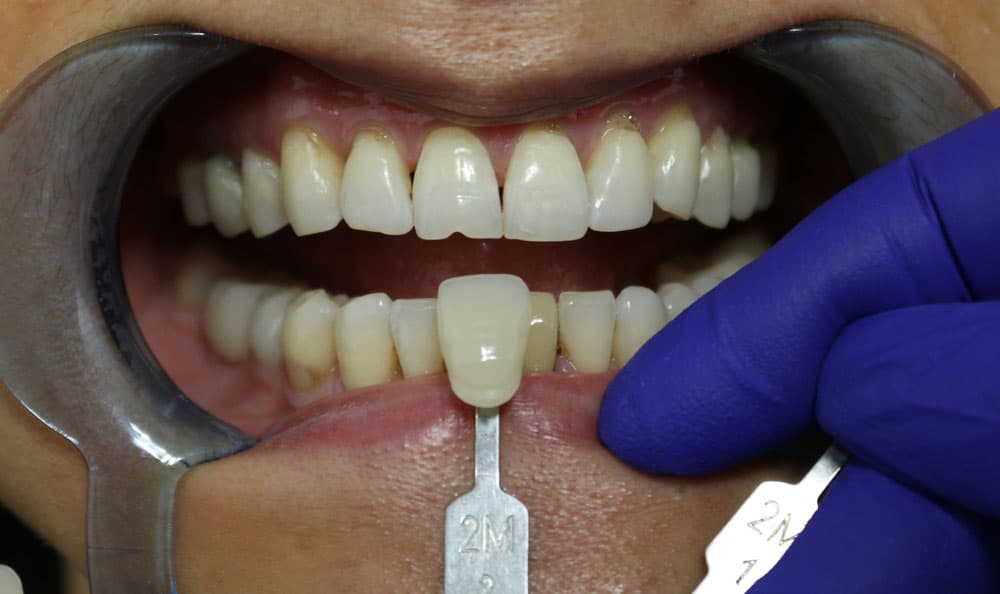
Shaping and filling: The root pulp must be reshaped to replenish the removed contents. To help seal the root, a filler called gutta-percha—a substance that resembles plastic—is utilized.
In dentistry, sedation and local anesthetics are used to help patients overcome their anxiety related to dental procedures and to encourage tranquility and quiet. Typically, a local anesthetic is required to numb your mouth, immediately reduce discomfort, and guarantee that you won't have any pain while receiving dental care.
Drilling: To access the pulp chamber of the infected tooth and remove decay, the dentist employs a specialized tool. The tooth's infected root can be accessed through the little incision.
Is This a Pricey Procedure?
A root canal will come with a higher price tag when compared to a regular tooth filling. Nevertheless, the cause is that root canal treatment are labor-intensive and typically require two dental appointments to complete. In addition, treating the insides of your teeth needs a complex process called endodontics, which calls for specialized dental instruments and methods. This could represent the total cost of your care.

What transpires following a root canal?
Your provider can recommend taking a short break before departing the dentist's or physician's offices. Your tongue and gums may remain numb for up to an hour after the anesthesia wears off. While that's happening, some people prefer to relax at home, while others elect to continue their regular activities.
For the dentist to prepare your tooth for a dental crown and then install the crown on your tooth, you will usually need two additional consultations.
How long does a root canal take?
The number of roots and the extent of the infection determine how long a root canal takes.
A straightforward root canal treatment usually requires one to two visits. Each session will run anywhere from thirty to ninety minutes on average. Since molars can have up to four roots and need treatment for up to four canals, they often take the longest. If you need a dental crown, the crown placement will take longer.
To wrap it up
Do you ever consume cold or hot liquids and feel tingling in one of your teeth? Do you feel like your toothache won't go away? These could be indicators that you require root canal therapy for an infected tooth. If you experience persistent Root Canal Infection, it's crucial to consult a dentist because many infections don't go away on their own.




